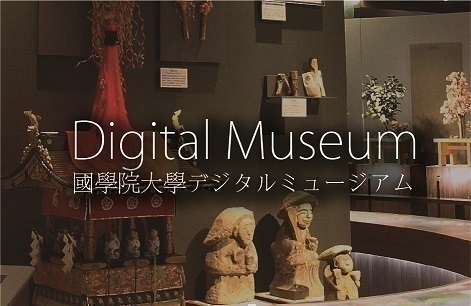- トップ
- Encyclopedia of Shinto
- Ninomiya Sontoku
Encyclopedia of Shinto
| Main Menu: | |
| Links: |
詳細表示 (Complete Article)
| カテゴリー1: | 8. Schools, Groups, and Personalities |
|---|---|
| カテゴリー2: | Personalities |
| Title | Ninomiya Sontoku |
| Text | (1787-1856) Agronomist and theorist of the late Edo period. Born in the seventh month of 1787 in the village of Kayama in Ashigarakami District, Sagami Province (present-day Odawara City, Kanagawa Prefecture) to a peasant family. His formal name was Kinjirō, though after he was employed by the Tokugawa government, he was given the "taboo name" Takanori, which later came to be read Sontoku, the Chinese phonetic reading of the name's characters. He underwent severe hardship in his youth, suffering the loss of the family farmlands to flood and the deaths of his father and mother by the time he was sixteen. However, by the age of twenty-four he had successfully revived his family's fortunes, and at thirty-six was commissioned by domain lord Ōkubo Tadazane to aid in the restoration of the Odawara branch family fiefdom Shimozuke Province (now Ninomiya Village, Tochigi Prefecture). He prevailed at this task for ten years, and thereafter was entreated by high-ranking shogunal retainers in various domains to bestow advice on regional administration, drawing on his ideas and methods of the practice of hōtoku shihō, or "repaying virtue," wherein benefits accrued are repaid. His most conspicuous successes were in the domain of Sōma (present-day Fukushima Prefecture). At fifty-seven years of age (in 1843) he was raised to the position of attendant to the Tokugawa shogun family, whereupon he spent ten years as a bureaucrat within the accounting bureau overseeing construction projects, a position that did not allow him to make use of his talents. In 1853 he was commissioned to oversee the revitalization of the sacred precincts and holdings of the Grand Shrine at Nikkō, and in delegating the efforts of his followers to the project, as well as devoting his own funds and resources, brought about the tradition of ninpō, or voluntary payment of services and finances, to Shinto shrines. After his illness and death in 1856 this practice was continued by his adopted son Sonkō and his other disciples into the beginning of the Meiji era. Sontoku's theories of agriculture and economics are based on what is termed his reading of the "Sutras of the Heavens and Earth" (tenchi no kyōmon). A unique interpretation drawn from Buddhist texts and Confucian writings commonly referred to as the "True essence of the three teachings of Shinto, Confucianism, and Buddhism to be savored in one kernel." Sontoku's thought is thought to be one measure of Shinto combined with another measure one-half Confucian and one-half Buddhist. The Shinto here is based on the opening of the Great Path at the creation of the world, otherwise defined as the creation of humanity and culture spawned by the Goddess Amaterasu's creation of Japan, a land blessed by abundant yields of rice and reeds (in Japanese toyoashihara no mizuho no kuni). Sontoku died in the tenth month of 1856 at the age of seventy. In the Meiji era, shrines were established across Japan to worship his spirit. Shinto shrines called Hōtoku Ninomiya Jinja were built in 1894 in Odawara City, Kanagawa Prefecture, and in 1897 in Imaichi City, Tochigi Prefecture as the first prefectural shrines dedicated to Sontoku's memory. Later, more than ten others were established from Hokkaido to Okinawa. Works on Sontoku and the practice of hōtoku can be found in abundance in the thirty-six-volume Ninomiya Sontoku zenshū (Collected Works of Ninomiya Sontoku). Autographed copies of Sontoku's original works, some designated Prefectural Cultural Treasures, are collected and displayed at the Hōtoku Museum (in the Minami-chō district of Odawara City) and Odawara City Sontoku Memorial Hall (in the Kayama district). —Fujimori Kaoru |




